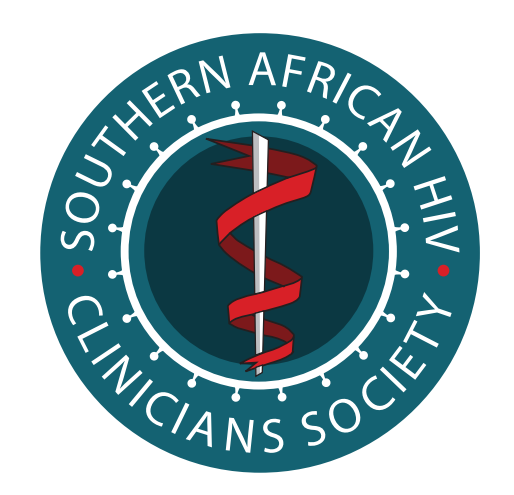Forum
Child privacy rights: A ‘Cinderella’ issue in HIV-prevention research
Submitted: 12 December 2013 | Published: 17 September 2013
About the author(s)
Ann Elaine Strode, School of Law, University of KwaZulu-Natal, Pietermaritzburg, South Africa; HIV/AIDS Vaccines Ethics Group, School of Applied Human Sciences, University of KwaZulu-Natal, Pietermaritzburg, South Africa, South AfricaCatherine Slack, HIV/AIDS Vaccines Ethics Group, School of Applied Human Sciences, University of KwaZulu-Natal, Pietermaritzburg, South Africa, South Africa
Abstract
Legal debates regarding child participation in HIV research have tended to focus on issues of informed consent. However, much less attention has been given to privacy; accordingly, we classify this as a ‘Cinderella issue’ that has been excluded from ‘the ball’ (academic debate). Here we argue that privacy issues are as important as consent issues in HIV-prevention research. We describe a child’s right to privacy regarding certain health interventions in South African law, and identify four key norms that flow from the law and that could be applied to HIV-prevention research: (i) children cannot have an expectation of privacy regarding research participation if they have not given independent consent to the study; (ii) children may have an expectation of privacy regarding certain components of the study, such as HIV testing, if they consent independently to such services; (iii) children’s rights to privacy in health research are limited by mandatory reporting obligations; (iv) children’s rights to privacy in HIV-prevention research may be justifiably limited by the concept of the best interests of the child. We conclude with guidelines for researchers on how to implement these principles in HIV-related research studies.
Keywords
Metrics
Total abstract views: 3261Total article views: 8103
Crossref Citations
1. Seven essential instruments for POPIA compliance in research involving children and adolescents in South Africa
Lucas Hertzog, Camille Wittesaele, Raylene Titus, Jenny J. Chen, Jane Kelly, Nontokozo Langwenya, Lauren Baerecke, Elona Toska
South African Journal of Science vol: 117 issue: 9/10 year: 2021
doi: 10.17159/sajs.2021/12290
